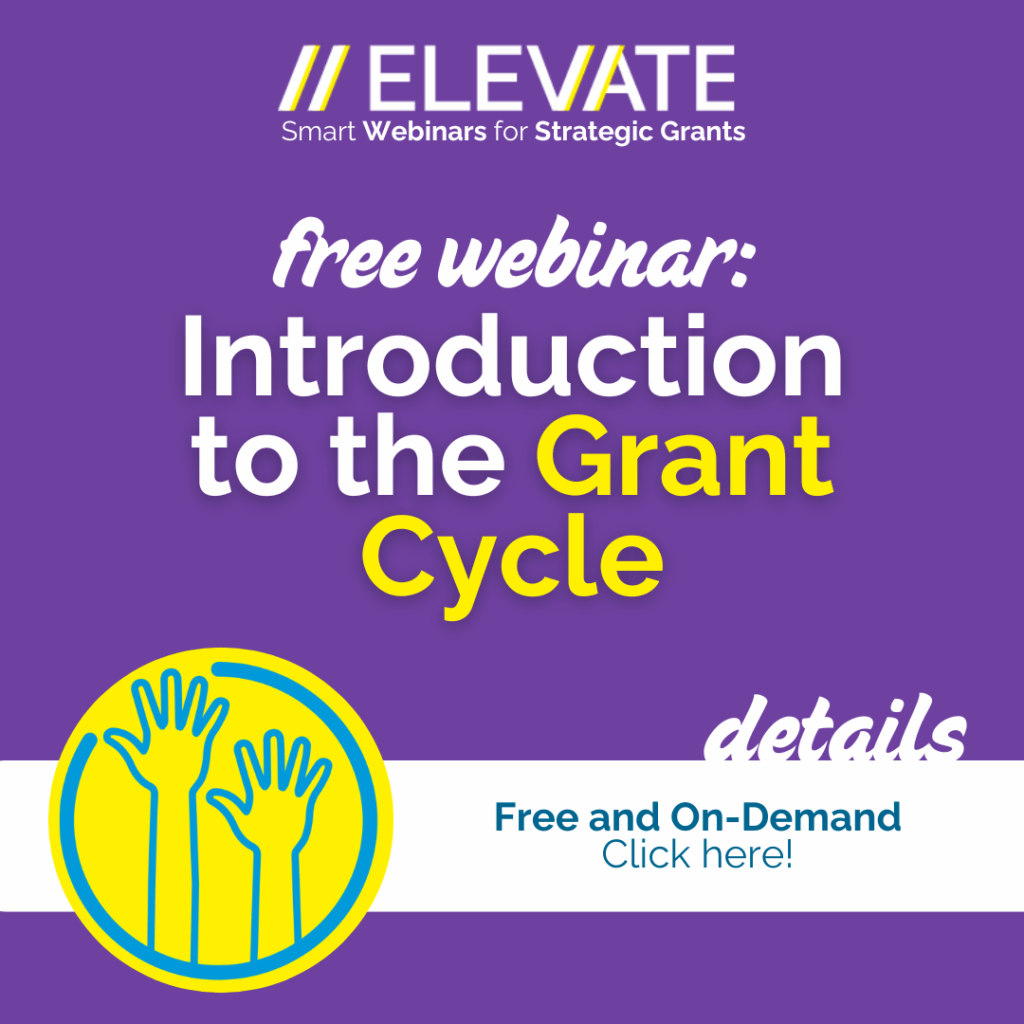July 6, 2020
Though the effects of COVID-19 are far from behind us, hundreds of foundations are already committing to doing grantmaking differently in the wake of this crisis.
In March of this year, the Ford Foundation spearheaded a pledge in partnership with the Trust-Based Philanthropy Project and the Council on Foundations that encourages fellow grantmakers to commit to acting with urgency and finding new ways to support their grantee partners and the communities they serve in response to the COVID-19 pandemic. Since then, nearly 800 foundations have signed on to a long list of commitments ranging from loosening restrictions on current grants, to collaborating with grantees to find creative responses that help them move quickly to serve communities that have been hit the hardest.
This is just one indicator of how the philanthropic landscape is starting to change in response to the global COVID-19 crisis, to better meet the needs of nonprofits and the people they serve. Last month in the second session of Elevate’s Summer Conversation Series, we took a closer look at what the future of philanthropy could look like if practices like trust-based philanthropy, participatory grantmaking, and less restrictive guidelines for grantees become more common. We also discussed how nonprofits can play a role in affecting these types of changes in giving.
Below are three of the biggest takeaways from that conversation:
1. Advancing equity in giving is a two-way street
Some funders are focusing more on equity now, but not all of them are — which means that whether we like it or not, nonprofits also need to work together to play a role in advancing greater equity in giving.
One simple way nonprofits can help bring equity to the forefront? Claim or update your Guidestar profile and share your organization’s demographic data. Doing so can help us all get a clearer picture of where we are collectively as a sector in terms of equity, plus it gives funders a more complete understanding of your organization — especially for those who are doing their research and actively looking for ways to give more equitably.
2. Find ways to provide feedback to funders
It’s not uncommon for nonprofits to ask your funders for feedback — but in this Conversation Series session, our panelists highlighted just how important it is that we also find ways of providing feedback to funders about how they can adapt their giving practices to be more equitable, and make a greater impact.
Asia Hadley, Director of Partnerships – South at Candid and one of our panelists, gave an example of a funder in Atlanta who gave out a round of grants — none of which went to Black-led organizations. When the community members were rightfully upset, they got together with several Black-led groups and held a discussion where they invited funders in to raise the issue, and discuss how to make sure more of these organizations would be included in the next funding cycle. Examples like this illustrate the power of collective organizing to start some of those larger conversations.
Similarly, developing relationships with your funders can also go a long way. As one of our panelists, Jovana Djordjevic, said: “It’s important to build relationships with funders that aren’t just transactional — we can support them in doing things differently.”
Related: Three Steps for Creating a Grants Program That’s Built to Last
3. Consider the power of collective action in affecting change
If you’re in a particularly challenging situation with a funder, one solution for offering feedback is to consider collaborating with other organizations working together to start those important conversations. There are many benefits to collective action, and reasons why it’s an effective mechanism for affecting change. As our panelist Asia Hadley put it: “Every time we speak up in a collective way, that’s an opportunity to make the whole sector better.”
Initiatives like the Trust-Based Philanthropy Project illustrate how feedback from grantees can push funders to reconsider their practices — and ultimately band together and commit to changing the dynamic of the grantor-grantee dynamic to be more collaborative.
About the Author:

Michelle Anthony LaCroix

















